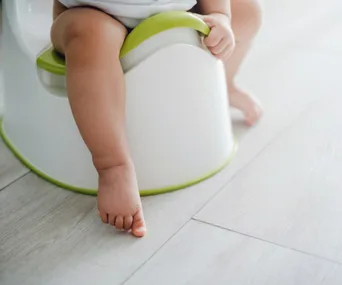Whether or not your child is already in some form of childcare, like family day care, or has been a stay-at-home toddler until now, it’s often around this age that we start looking into preschools.
Your child may be ready for preschool if they seem to need more stimulation than you can give them, or if they demand your attention 100 percent of the time, want to help with everything and seem bored with toys and games from home.
It’s also about whether they are comfortable away from their primary carer.
You take them to your chosen preschool to watch the group so teachers can see how they react.
The three most important readiness factors cited by preschool teachers are self-care, ability to sit still and social skills like sharing.

Preschool plays an important role in your child’s personal growth. Image: Getty.
Don’t panic if it’s not smooth sailing when they start, but also be prepared to stick it out if they are initially distressed.
Discuss a drop-off strategy with the preschool staff – whether it be that one carer focuses on your child as soon as you arrive, distracts them with a one-on-one activity as you leave or holds their hand at the gate while they wave goodbye.
WATCH: Tips for dining out with toddlers. Continues after video …
Just make it similar each day so they know what to expect and, as hard as it can be, most carers will tell you it’s usually better if parents don’t linger; that the crying stops soon after mum is gone.
However, there’s no point forcing it if a child continues to be upset.
Don’t feel it’s a “fail” if you decide to take them out of preschool and try again in three months – a little more growing up time can make all the difference.

.png?resize=380%2C285)
.png?resize=380%2C285)
.png?resize=380%2C285)